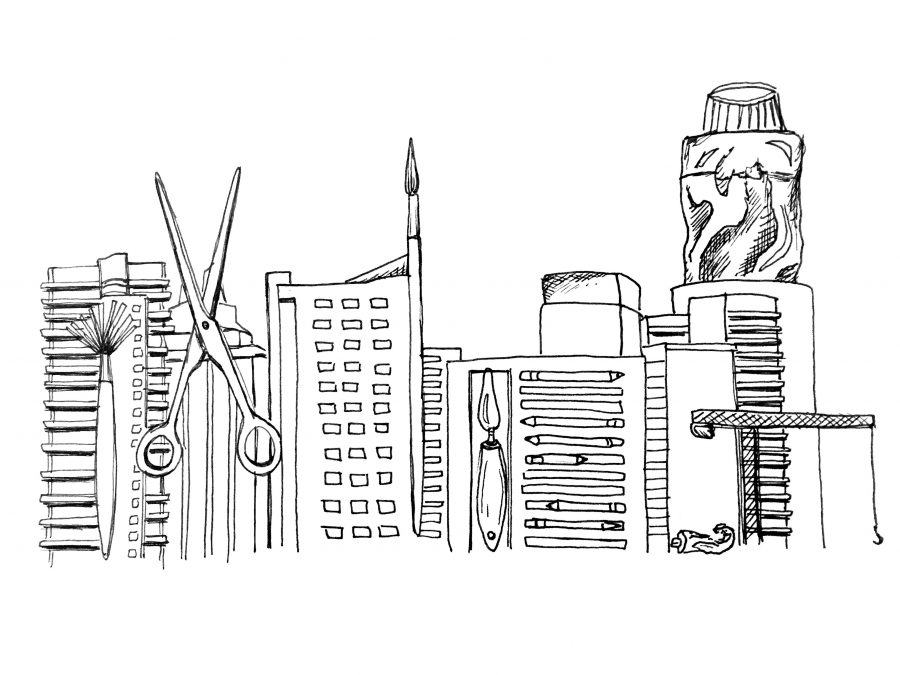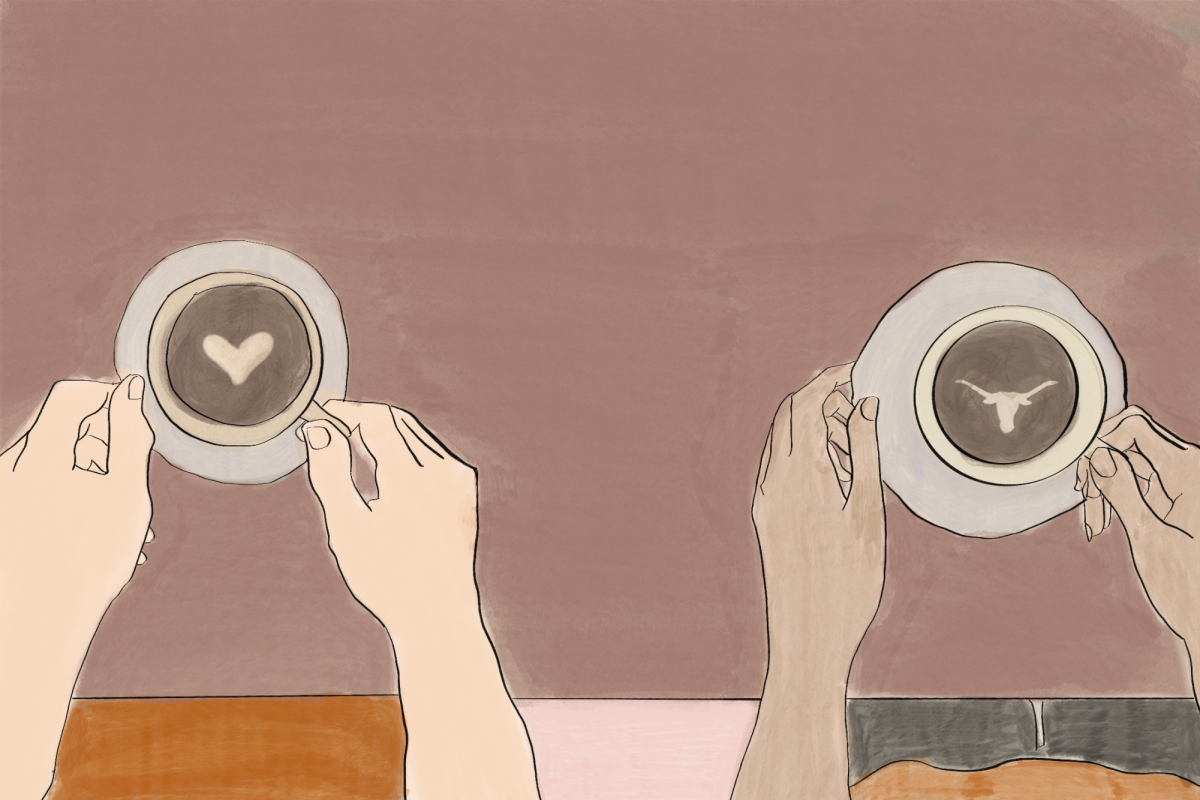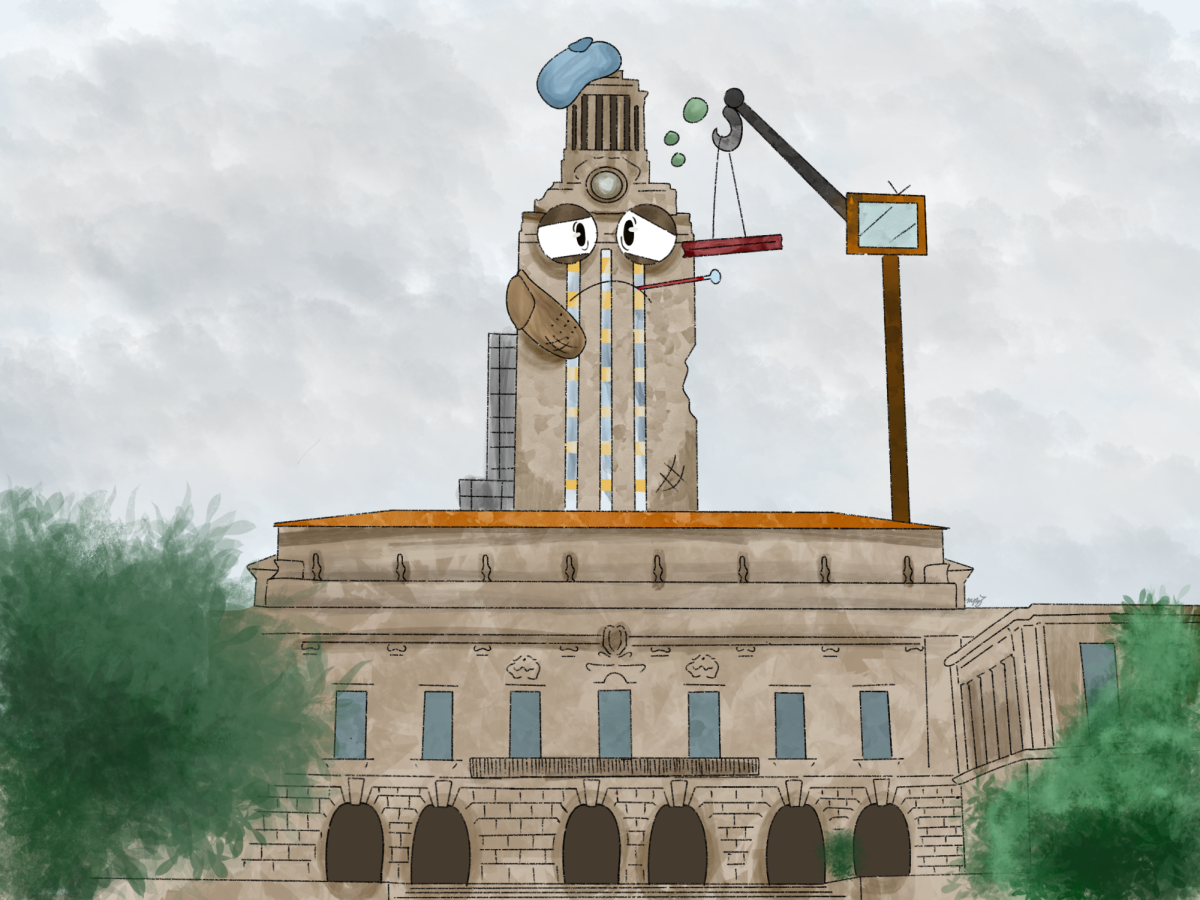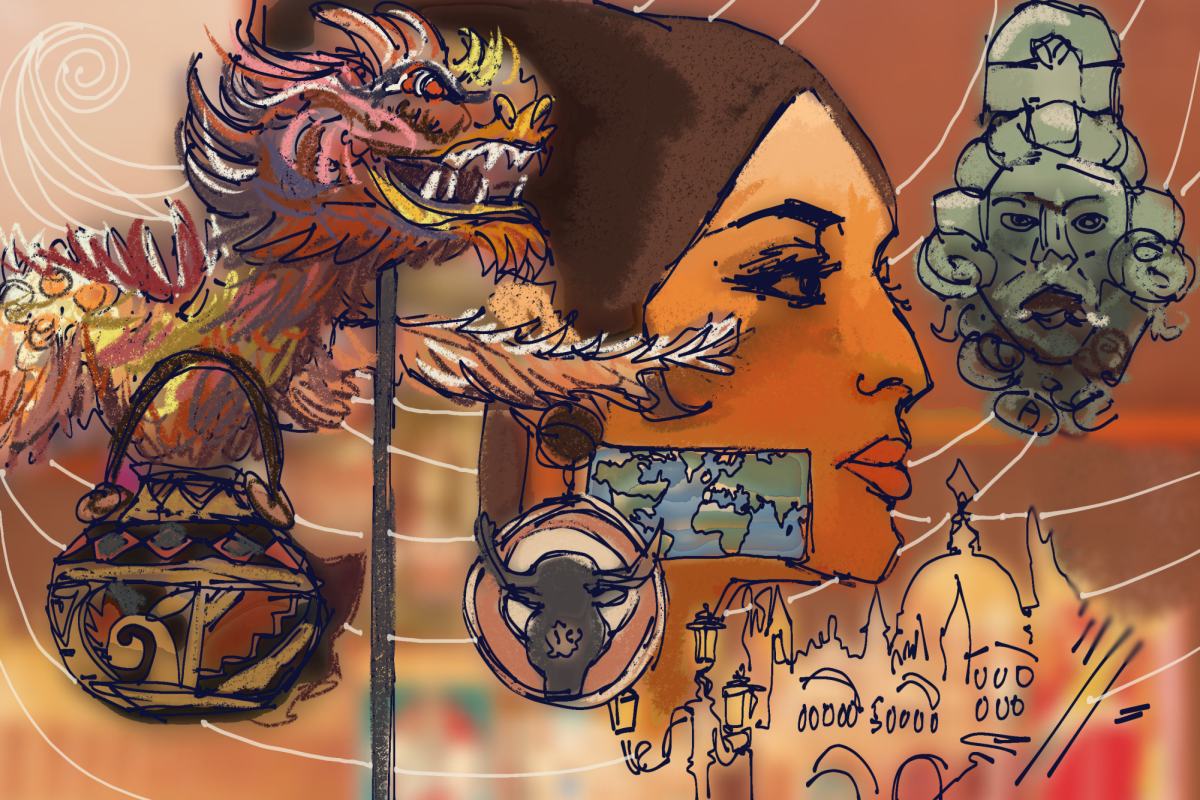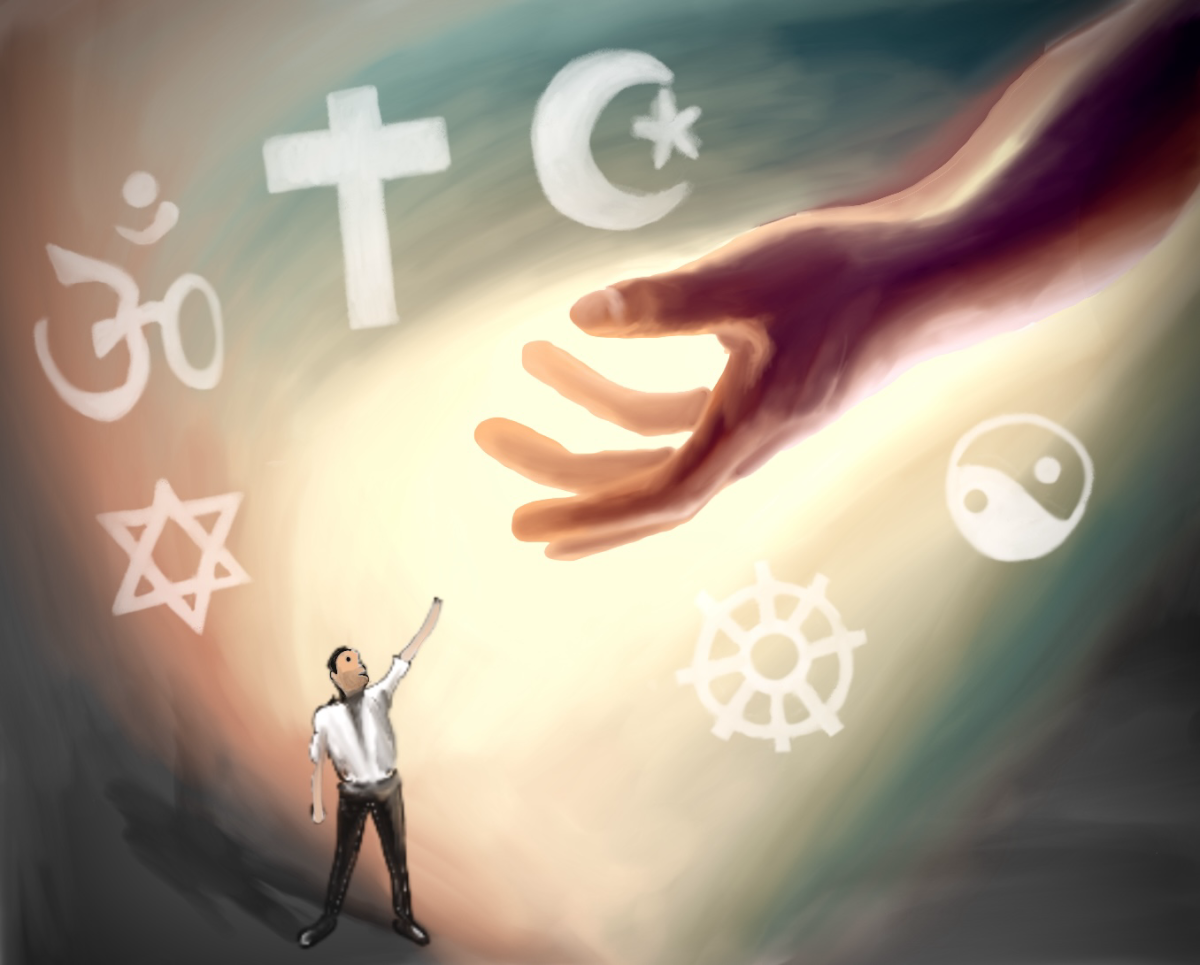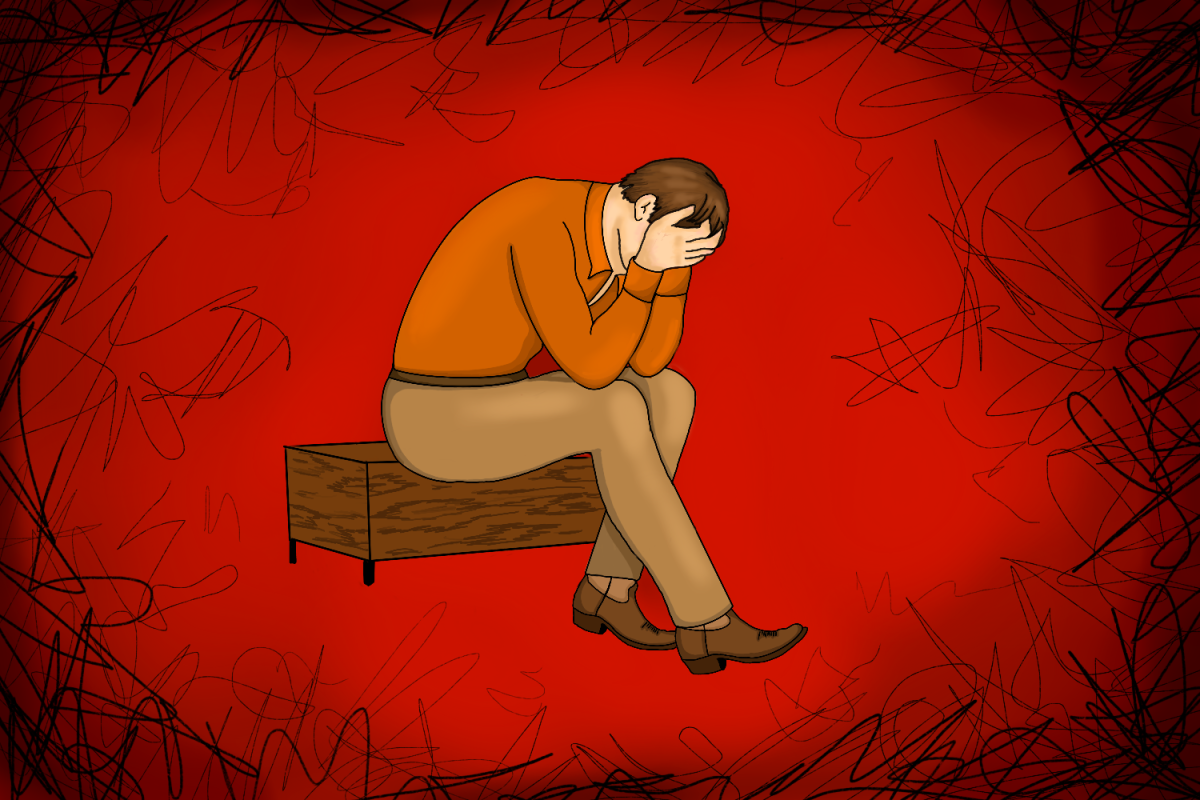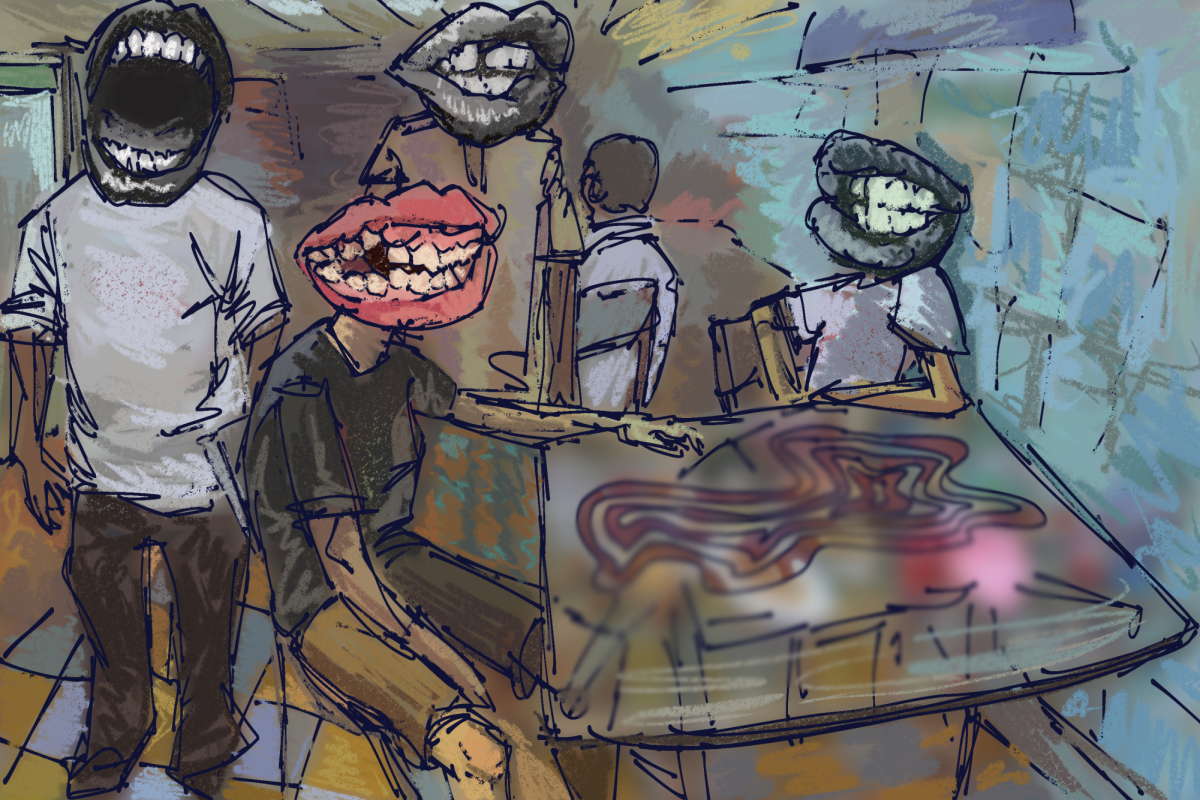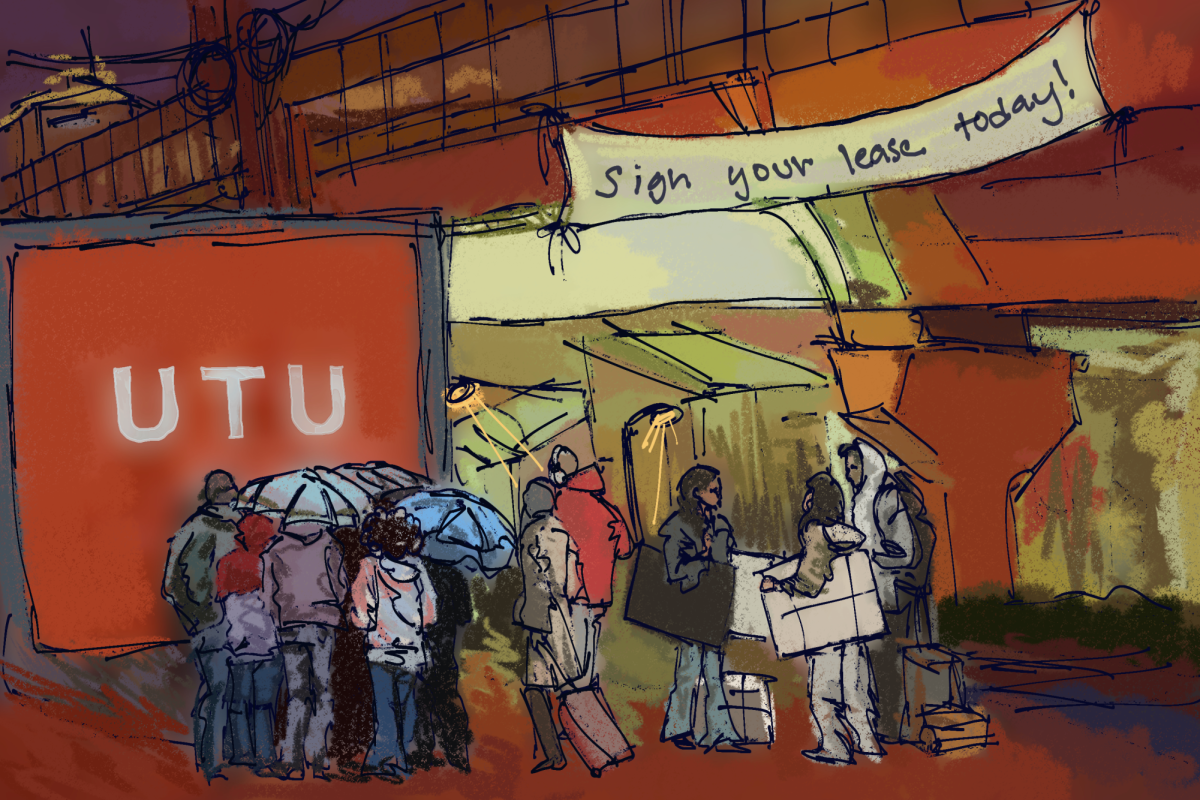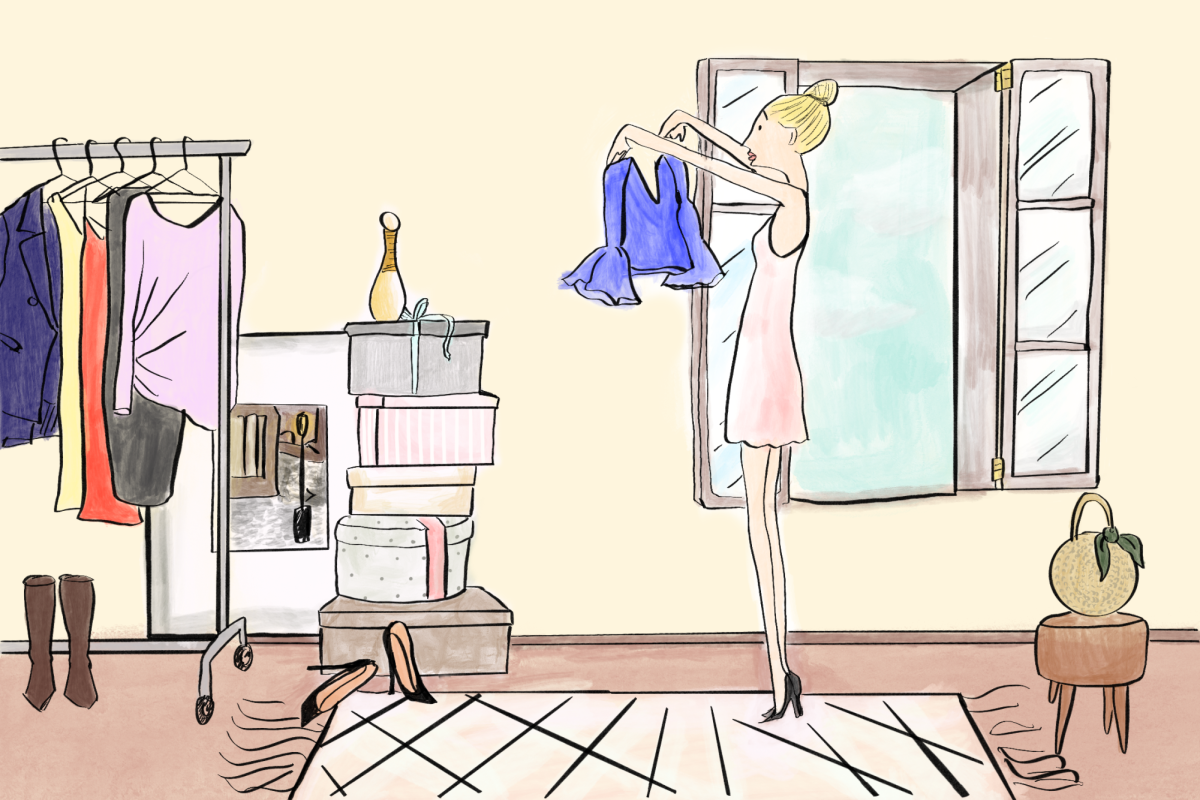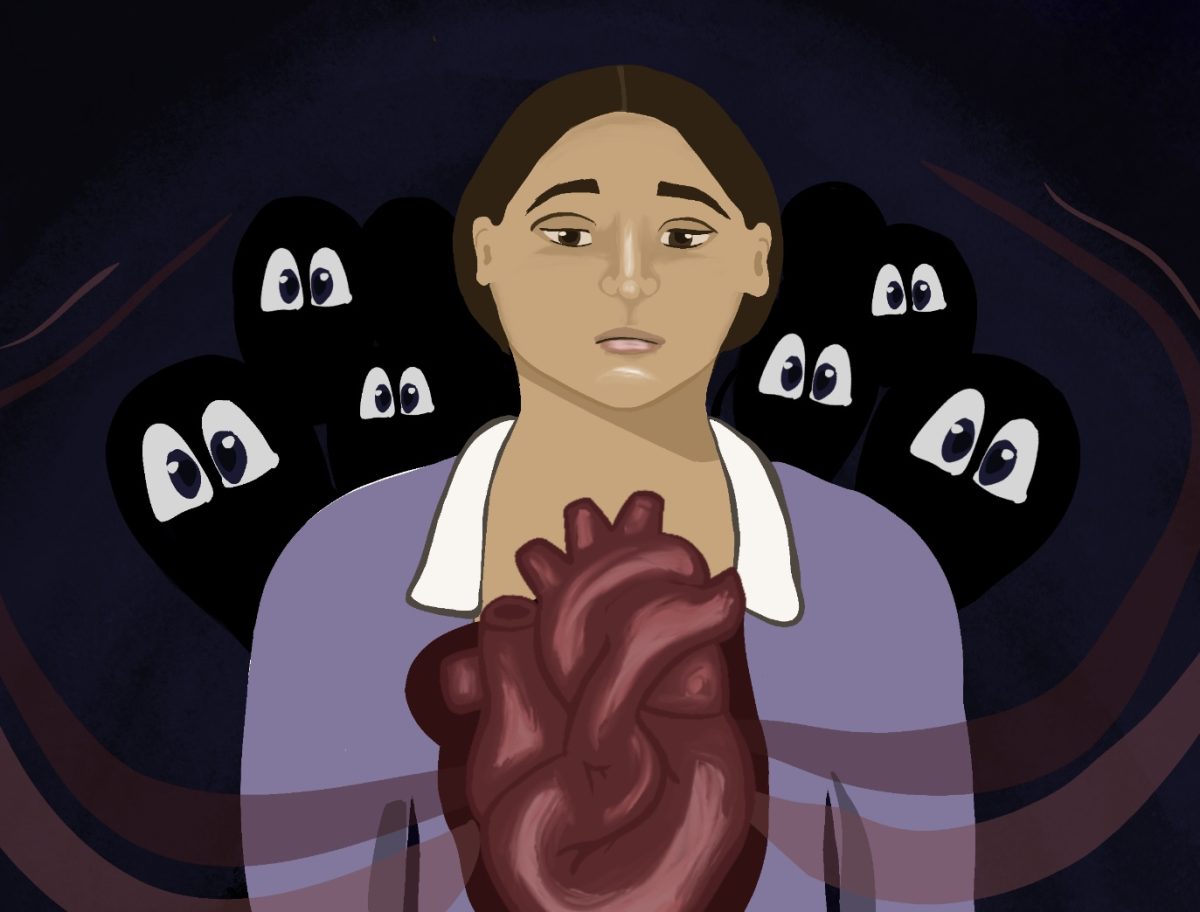The HOPE Outdoor Gallery, also known as the graffiti park at Castle Hill, has served as an oasis for creative students since 2011. Sadly, those days are coming to an end.
Austin’s Historic Landmark Commission unanimously decided to relocate the gallery, a symbol of creativity and weirdness in Austin. The space is expected to be turned into a condo, eliminating another aspect of the city’s creative culture. In a city known for embracing the irregular, students play a major role in fueling Austin’s artistically innovative engine.
Students must be vocal in support for more outlets of creative expression closer to campus. The City must hear these concerns and provide students with other designated areas for urban art rather than simply allowing the outlet to be removed altogether for residential development.
“Students need outlets like this to blow off steam from everyday college life”, urban studies professor Randolph Lewis said. “To lose it for just another apartment is really quite a loss for both students and the spirit of the city as a whole.” Lewis, who started the popular online forum The End of Austin, said removing iconic places such as the HOPE Outdoor Gallery is a bad sign for Austin.
When the park originally launched, it was intended to serve as a place where street artists, graffiti writers, students and creative locals could legally practice their craft on underutilized walls without fear of breaking any laws. Its proximity to downtown and UT campus made it easy for students and locals alike to frequent it.
However, its new location at Carson Creek Ranch — near Austin-Bergstrom International Airport — is eight miles away. While larger and more organized, it will be too inconvenient for many students to visit. The park founders recognized these concerns, but said development in the current location was what they anticipated all along.
“The property was always going to be developed,” said Andi Scull Cheatham, the founder of HOPE and a UT alumna. “This project was meant to have a shelf life of a couple years, but once the owner saw how much it had been embraced and loved by the community, he’s done everything he can to keep it going. Unfortunately for the UT student body and Austin, continuation was no longer a possibility.”
This urban oasis of creativity often serves as a nearby place for students to relieve stress and school-related anxiety by creating art. The removal of the gallery not only harms Austin’s weird persona, it is a disservice to all students who seek to relieve college-related stress.
“Drawing and painting serve as an outlet of stress relief for me and many of my friends, and taking this park away and placing it miles away is a huge disappointment,” said Blake Steele, arts and entertainment technologies sophomore and frequent visitor of the park. “If the City were to allow for more urban art closer to campus or at least provide outlets for creative expression, that would meet students halfway.”
There are numerous dilapidated structures and abandoned walls throughout the Drag area, and these unused and bland structures would serve as ideal places for students to remain creative, especially during such stressful periods in their lives. In removing such an iconic fixture in the bohemian culture that so many UT students cherish, the City should provide students with other locations near campus to partake in urban street art rather than make them travel miles to do so.
Johnson is a journalism freshman from San Francisco, California.

